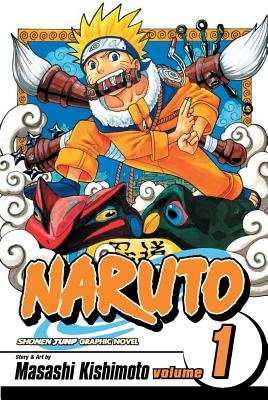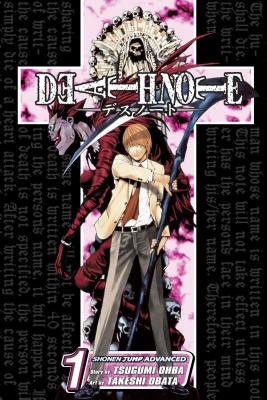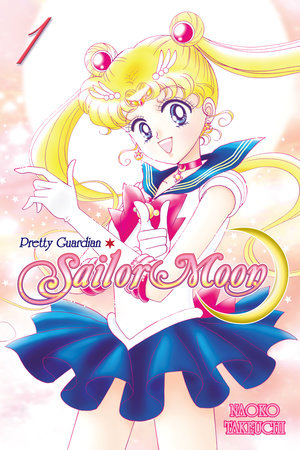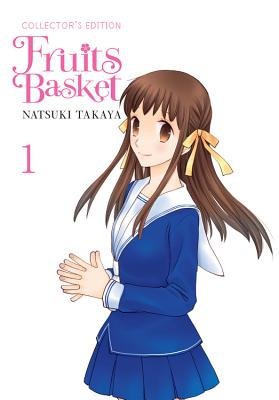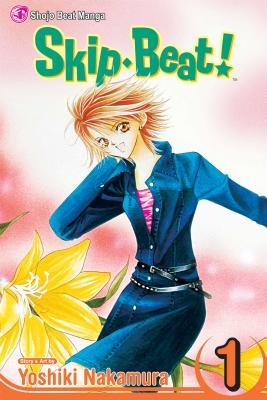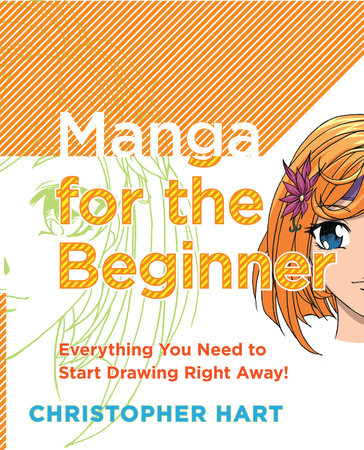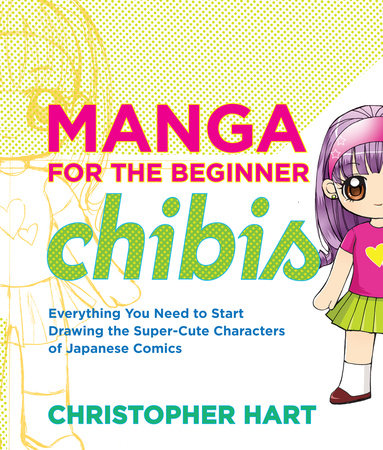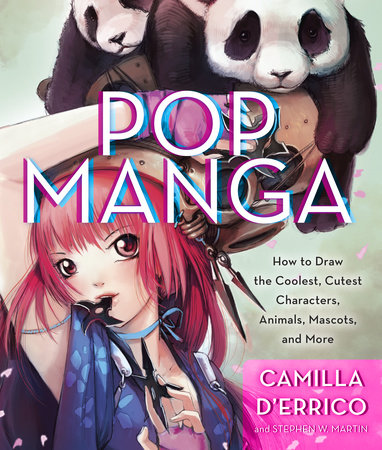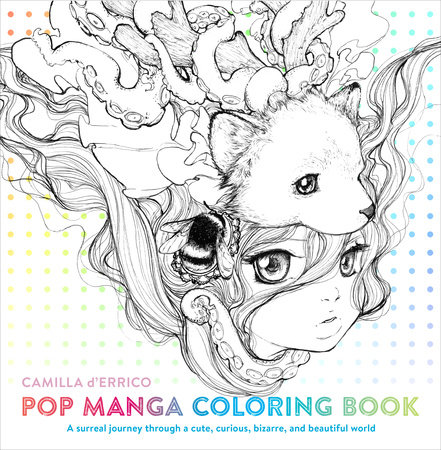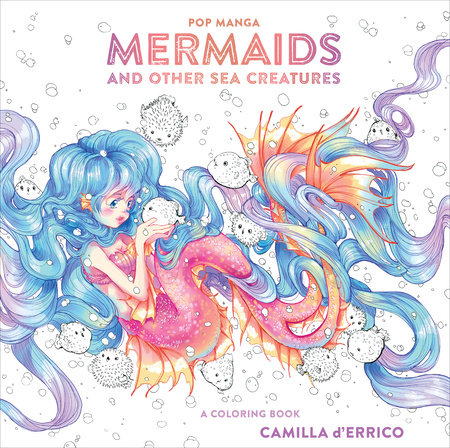12 Things Parents and Educators Should Know About Manga for Middle Schoolers
by Laura Lambert
I’m of the opinion that any book that gets my tween reading is a good enough book for me — and for the most part that ethos has served me well. It’s also led me to some interesting places — most recently, to the long, tall, puzzling wall of manga in our local library.
Manga is not something I ever dabbled in, other than a vague awareness, decades ago, of Sailor Moon and Dragon Ball Z. But today, in my daughter’s fifth grade class, manga is a thing. And now it’s a thing I’ve had to figure out.
Here’s what I’ve learned so far.
What it is. Manga refers to a wide variety of Japanese graphic novels. And they are definitely not all the same.
What it isn’t. Manga and anime are two different things — though they are visually similar and some of the more popular manga series have become anime (see: Sailor Moon and Dragon Ball Z). Generally speaking, manga refers to graphic novels and anything printed, while anime refers to television or movies.
How you say it. It’s not manga, like some feminine version of mango. It’s more like mahn-gah.
It’s backwards. A great deal of the manga in the U.S. still reads as the original Japanese — right to left. It can take a bit of getting used to.
There are five main types of manga. Shonen, shojo, seinen, josei, and kodomomuke — each of which is based, broadly, on gender and age.
And there are lots of sub-genres. I had assumed manga was like most of the comics I’ve encountered — comprised of superheroes, antiheroes, and a lot of action, and aimed primarily at boys. While that’s true of some of the most famous manga, some titles are sweet, some are goofy, some are romance-based, some romance-based titles are between boys, some are between girls — and, lo and behold, there’s a whole subgenre just about cooking, recipes included.
Shonen manga is aimed at tween and teen boys. Shonen manga is by far the most popular and prevalent type — and it’s enjoyed by boys and girls alike. Typically, it features boy protagonists who either a) fight or b) are funny or c) both. Key titles include Naruto by Masashi Kishimoto, Dragon Ball by Akira Toriyama, Bleach by Tite Kubo, Death Note by Tsugumi Ohba and Takeshi Obata, and Fullmetal Alchemist by Hiromu Arakawa.
-
Dragon Ball
Preorder from:Death Note
Preorder from:
Shoujo manga is aimed at tween and teen girls. Sailor Moon by Naoko Takeuchi, with its schoolgirls-turned-superheroes, is likely the most famous shoujo series. While fantasy and sheroes exist, the popular romance-centered stories lean heavily on stereotypically girly tropes like the Prince Charming, the bad boy, and love triangles. Top titles include Fruits Basket by Natsuki Takaya, Ouran High School Host Club by Bisco Hatori, and Skip Beat! by Yoshiki Nakamura.
-
Sailor Moon
Preorder from:Fruits Basket
Preorder from:Skip Beat!
Preorder from:
Kodomuke manga is for younger children. These are sweet and simplistic tales. Doraemon by Fujiko F. Fujio is a classic. And we like the more recent Chi’s Sweet Home by Konami Kanata, about a lost cat (not least because it’s published left to right).
-
Chi’s Sweet Home
Also available from:
Manga isn’t just for kids. The last two types — seinen, aimed at young men, and josei, aimed at young women, are decidedly more mature (read: more violent and sexual, including some rated-R material). Famous seinen include Ghost in the Shell by Shirow Masamune and Akira by Katsuhiro Otomo, while famous josei include Loveless by Yun Kouga and Paradise Kiss by Ai Yazawa.
When in doubt, Google. At first glance, it can be hard to tell shonen from seinen and shoujo from josei, although overall illustration style can be one indicator. My daughter very specifically asked me for a manga series called Citrus by Saburouta, which I learned, after the fact, was a bit more mature than I would normally allow my 10-year-old. Unless you are already well-versed in manga, it helps to Google the title to be sure it’s in the right age demo.
It’s all about style. When I asked my daughter what she liked so much about manga, it boiled down to one thing: style. Those eyes. That hair. Those cute little animals. (She’s less interested in shonen titles, but the element of style is definitely there, too.) Now, we check out as many how-to-draw books as we do manga titles themselves.
Christopher Hart has a great drawing series for the new-to-manga:
-
Manga for the Beginner
Also available from:Manga for the Beginner: Chibis
Also available from:Manga for the Beginner: Kawaii
Also available from:Manga for the Beginner: Shoujo
Also available from:
And more sophisticated shoujo tastes might like Camilla d’Errico’s Pop Manga series.
-
Pop Manga Coloring Book
Also available from:Pop Manga Mermaids and Other Sea Creatures
Also available from:

